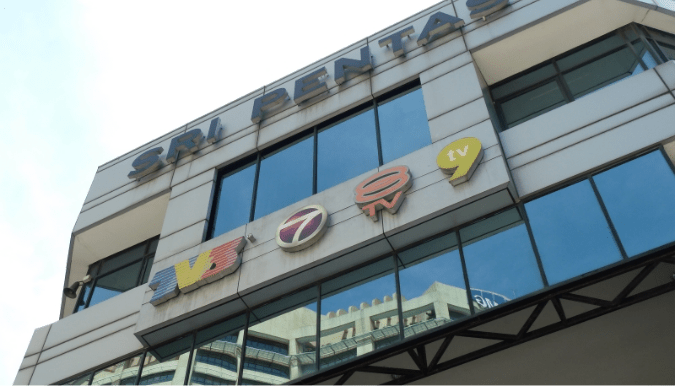Looking into the media sector, investment house Kenanga which analyses performances of listed media companies, noted the 1QCY24 advertising expenditure (adex) of RM1.67b came in above assumption of full-year adex contraction of 0.2% YoY. The deviation it said was mainly driven by stronger-than-expected recovery in the Free To Air TV segment, which surged by 17% YoY versus estimate of flattish full-year adex. To a smaller extent, this was compounded by higher-than-expected growth of 15% YoY for digital media adex in 1QCY24 vis-à-vis our estimate of a 5% YoY expansion in FY24.
Note that effective Jan 2024, in-store media adspend is no longer reported, hence the house has omitted this segmental data from forecast and historical analysis. Kenanga observed nascent signs of improving sentiment, it believes 1QCY24 adex growth is mainly catalyzed by the nascent recovery in both business and consumer sentiment, which had staged a sequential rebound in 4QCY23.
According to the Malaysian Institute of Economic Research (MIER), the Consumer Sentiment Index inched up to 89.4 in 4QCY23, from its multiyear trough of 78.9 in 3QCY23. Meanwhile, the Business Conditions Index jumped by 9.3 points sequentially to 89 points in 4QCY23. This was following its descent to 79.7 points in 3QCY23, which implies its lowest level since 2QCY20, during the onset of the Covid pandemic. While both indices have not surpassed the 100-point optimism threshold, indications suggest that they may have reached their inflexion points in 4QCY23. This is reinforced by confident outlook expressed by companies in sectors such as beverages and textiles in 4QCY23. Moreover, according to the Department of Statistics Malaysia, Malaysia’s inflation rate remained stable at 1.5% in December 2023. A stable inflationary environment suggests room to manoeuvre the impact of higher Sales and Services Tax and looming luxury taxes.
Except for cinema adspend, there was broad-based YoY expansion across the board in 1QCY24. As mentioned above, the growth was primarily led by the FTA TV and digital media segments. Recovery in the latter was mainly propelled by Awesome TV (ASTRO), 8TV and NTV7. Meanwhile, digital adex’s growth was principally driven by sustained strong expansion at Youtube.com (+26% YoY). Additionally, adspend at paultan.org’s website surged by close to 20-fold, which the house said it believes was due to advertising campaigns by auto marques to capture sales before the implementation of luxury taxes. In the case of newspaper and radio, YoY adex expanded by 6% and 18%, respectively, in 1QCY24. In particular, newspaper adex growth was driven in major part by the Malay language segment which more than offset contraction for the Chinese segment. Key publications anchoring the growth were Utusan Malaysia, Sinar Harian, and New Straits Times. Given the comeback of traditional media, digital media’s market share was chipped by 2.3ppts sequentially to 21.2%. As a result, this derailed its consecutive QoQ market share expansion since 4QCY22.
The house has upgraded its FY24 adex growth estimate to 10.8% YoY given leading signs that prelude the recovery of consumer sentiment in the medium term. On the flipside, Kenanga said it believes that traditional media is unable to fully leverage from improved adex given stiff competition from new media that includes streaming apps or websites (e.g. Youtube, Spotify, Apple Music), mobile apps (e.g. Waze, Grab, CamScanner), and social media platforms (e.g. celebrity influencers, Instagram, TikTok, Facebook, X). Their popularity has resulted in consumers being fixated on digital devices, where they dedicate a significant portion of their time. As such, brands and retailers will continue to spend on digital advertising to direct traffic to their respective online shopping sites.
Kenanga notes earnings outlook for the sector remains fragile. Moving forward, the house believes adex growth will be moderate in 2QCY24 as advertisers hold back in anticipation of the upcoming Paris Summer Olympics that will be held from 26 July to 11 August. It maintains UNDERWEIGHT for the sector and is concerned that traditional media companies remain in the woods given its declining popularity of traditional media among advertisers due to its high cost per impression (vs. digital media), non-interactive nature (vs. a two-way format of digital media) and inability to personalise content (vs. digital media that could do so by resorting to AI).









